Cats have enjoyed a long-standing position of reverence and esteem across various cultures around the world. In the ancient Middle East, these remarkable creatures were particularly treasured, not just for their companionship but also for their spiritual and functional roles within society. This article explores the multifaceted significance of cats in ancient Middle Eastern cultures, highlighting their roles in mythology, religion, and day-to-day life.
Origins of the Domestic Cat
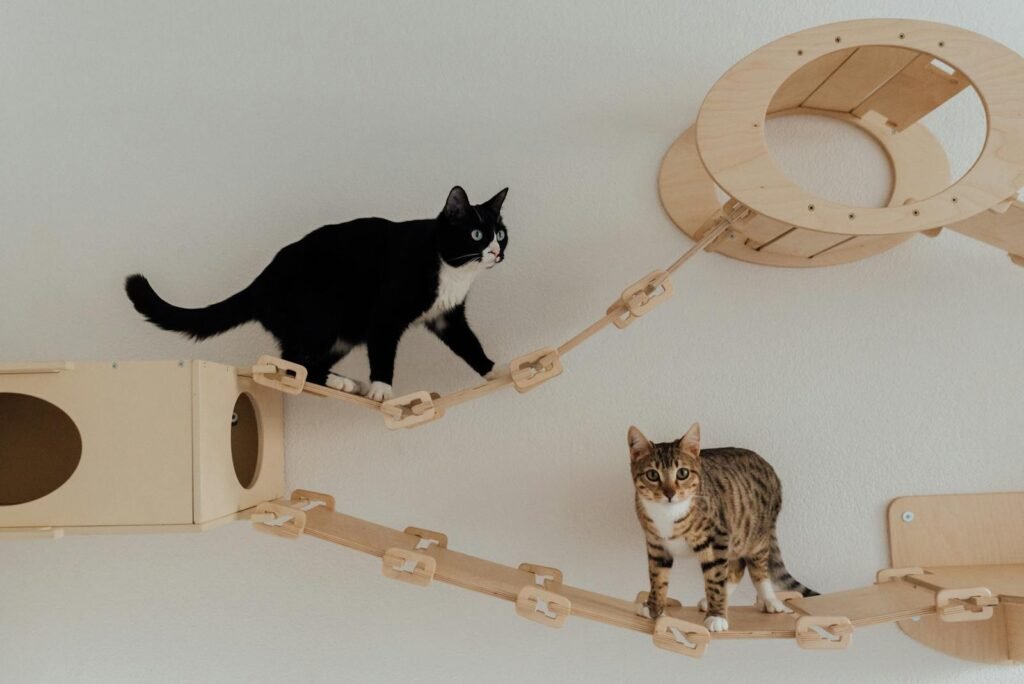
The domestication of cats is believed to have begun in the Middle East over 9,000 years ago. The ancestor of today’s domestic cat is the African wildcat, which naturally inhabited the deserts of the Middle East. Farmers began to value these creatures for their adeptness at controlling pests that threatened grain stores, leading to a symbiotic relationship between humans and felines.
Role in Agriculture and Daily Life
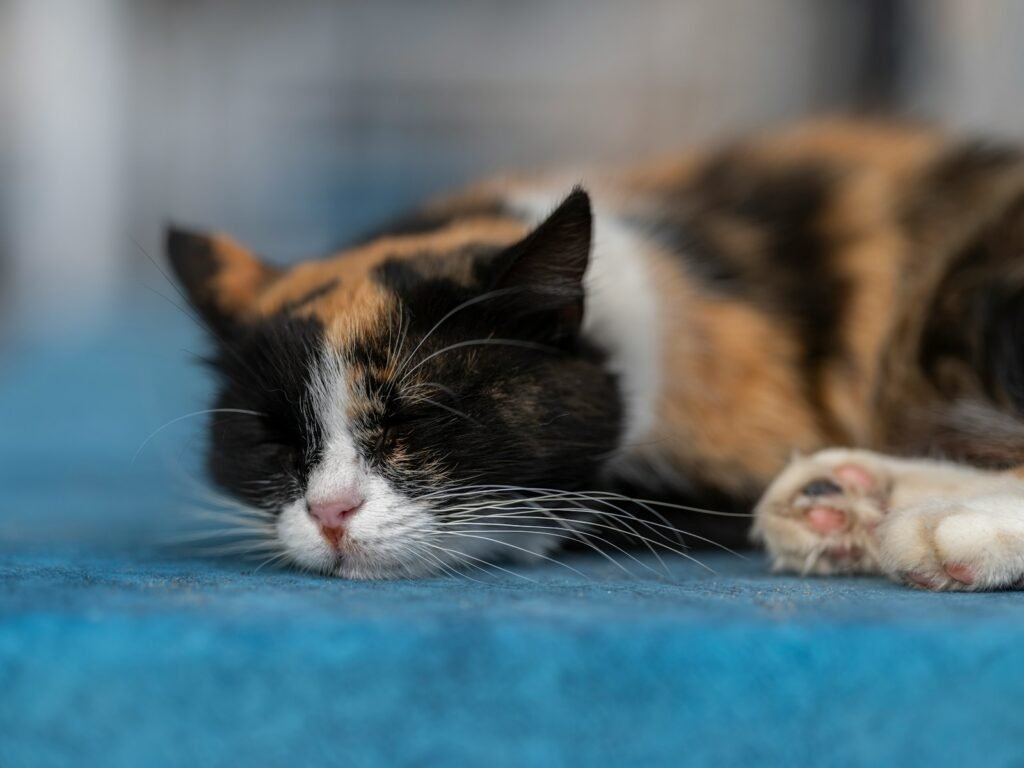
In ancient Middle Eastern societies, agriculture was the backbone of daily life. Cats became indispensable allies for farmers by controlling rodent populations, protecting valuable crops and stored grains. This practical utility sparked an appreciation that would blossom into greater cultural significance over time.
Symbol of Fertility and Protection
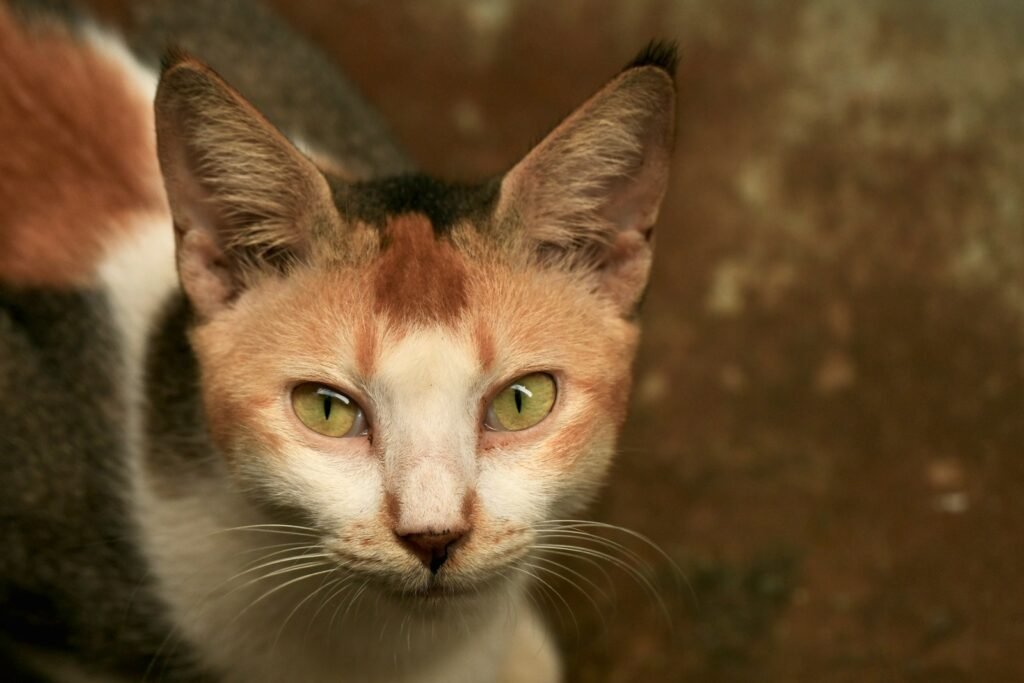
Cats were often associated with fertility and protection in several Middle Eastern cultures. This belief likely stemmed from their role in protecting food from pests, thus ensuring a community’s survival. The feline’s natural fertility also symbolized prosperity, leading to their representation in cultural expressions that emphasized abundance and safety.
Cats in Ancient Egyptian Religion
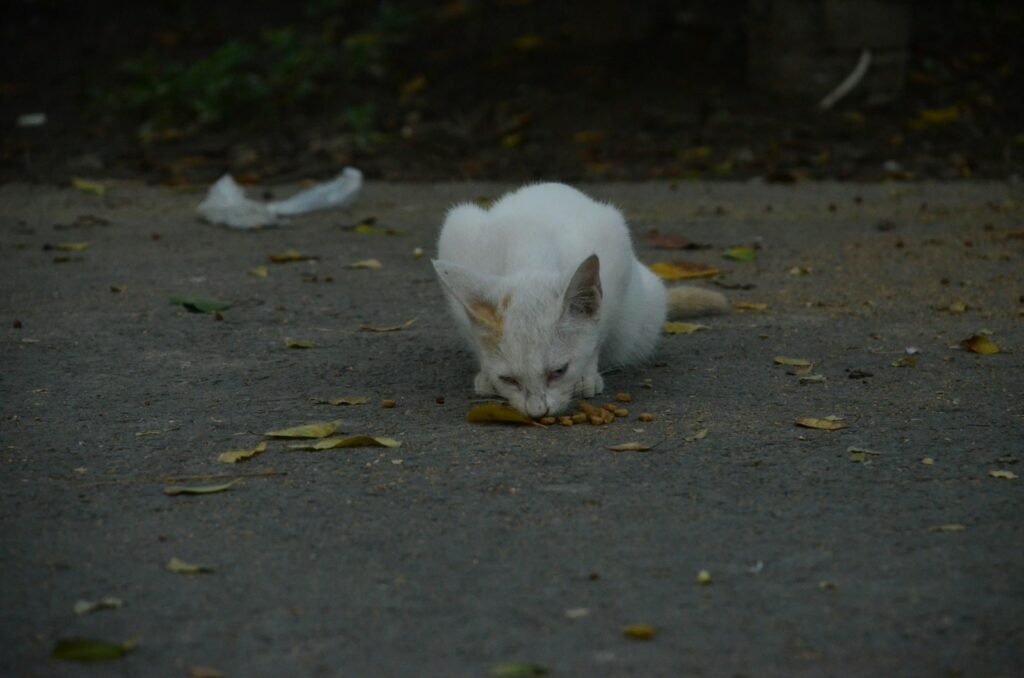
Perhaps the most renowned cultural reverence for cats is seen in ancient Egypt. Cats were sacred animals, associated with the goddess Bastet, who symbolized home, fertility, and domesticity. Bastet, often portrayed as a lioness or as a woman with a cat’s head, embodied protection against evil spirits and disease. Egyptian households kept cats as a way to invoke Bastet’s blessings.
Burial Practices and Mummification

In ancient Egypt, the death of a household cat was a matter of deep sorrow and respect. Cats were often mummified—just like humans—and entombed with their owners as an offering meant to accompany them in the afterlife. The existence of vast necropolises with mummified cats emphasizes the profound reverence with which they were treated.
Cats in Mesopotamian Culture
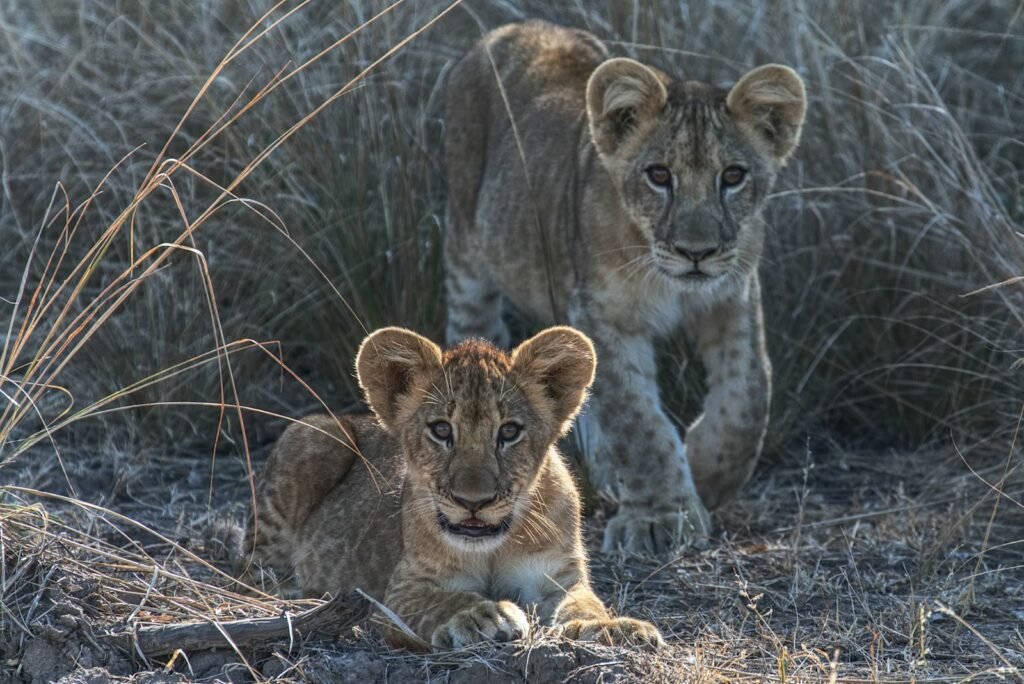
Beyond Egypt, the Mesopotamian civilizations of Sumer, Akkad, Babylon, and Assyria also recognized the importance of cats. While not as heavily mythologized as in Egypt, felines held a place of esteem for their protective qualities. The Mesopotamian goddess Ninhursag, associated with fertility and healing, was sometimes depicted with feline companions, reflecting a symbolic connection similar to that of Bastet.
Myths and Folklore
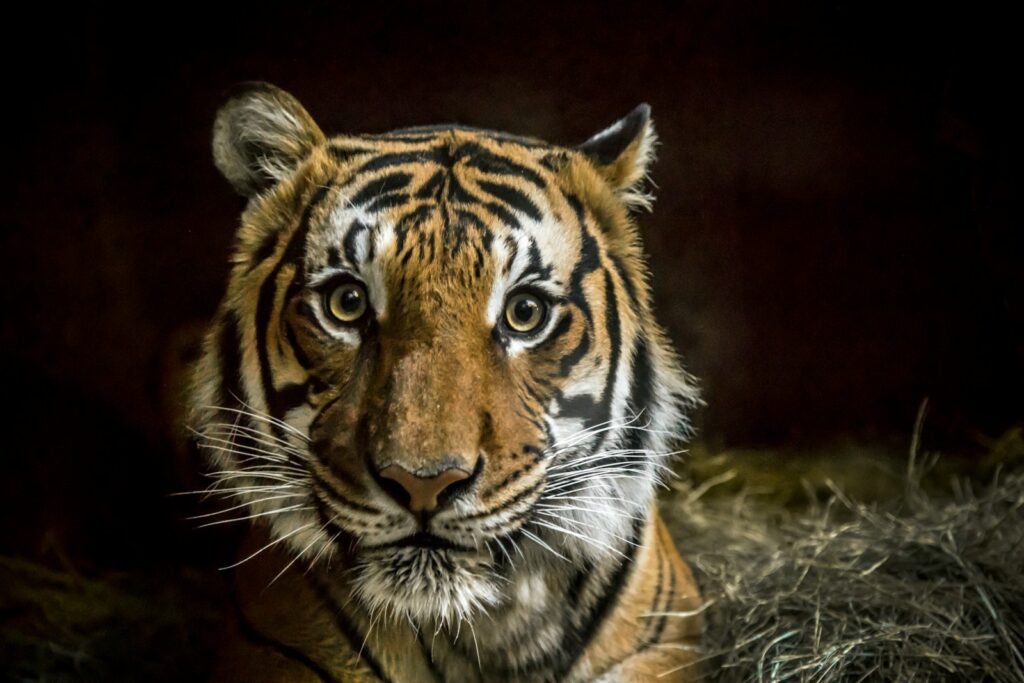
Cats appeared in various myths and folklore throughout the ancient Middle East. They were frequently depicted as creatures endowed with mystical abilities, often serving as guardians against evil. Stories spoke of their ability to see beyond the human world, contributing to their mysterious and revered status.
Cat Imagery in Art and Culture
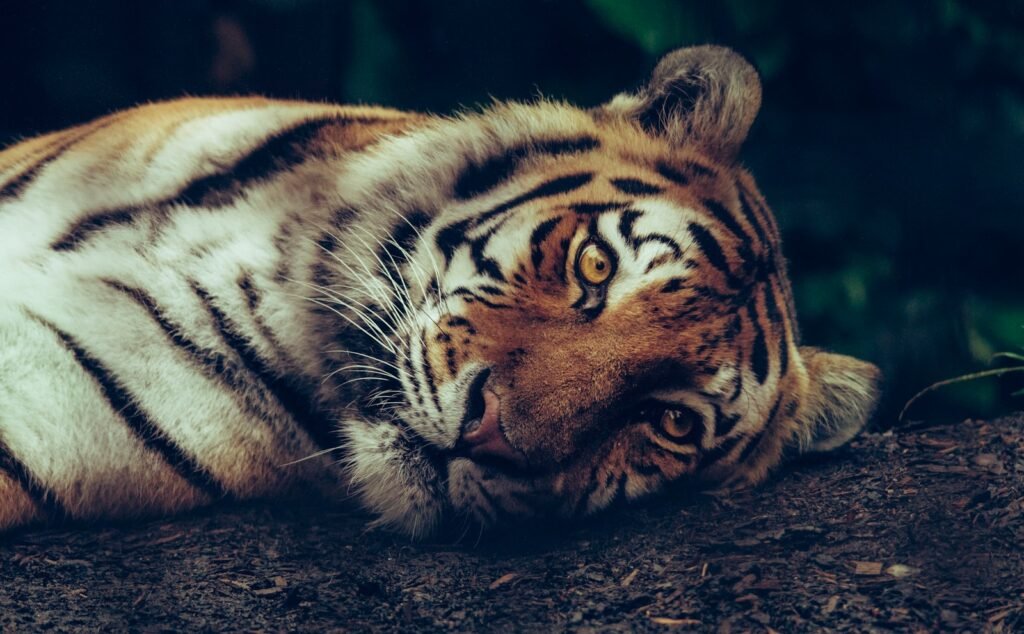
From sculptures and carvings to decorative items, cats frequently appeared in the art of ancient Middle Eastern societies. These representations were not merely decorative but symbolized the qualities for which cats were revered, such as protection, agility, and mystery. The presence of cat imagery in tombs, temples, and household artifacts further signified their importance within the cultural tapestry.
Legal and Social Protections
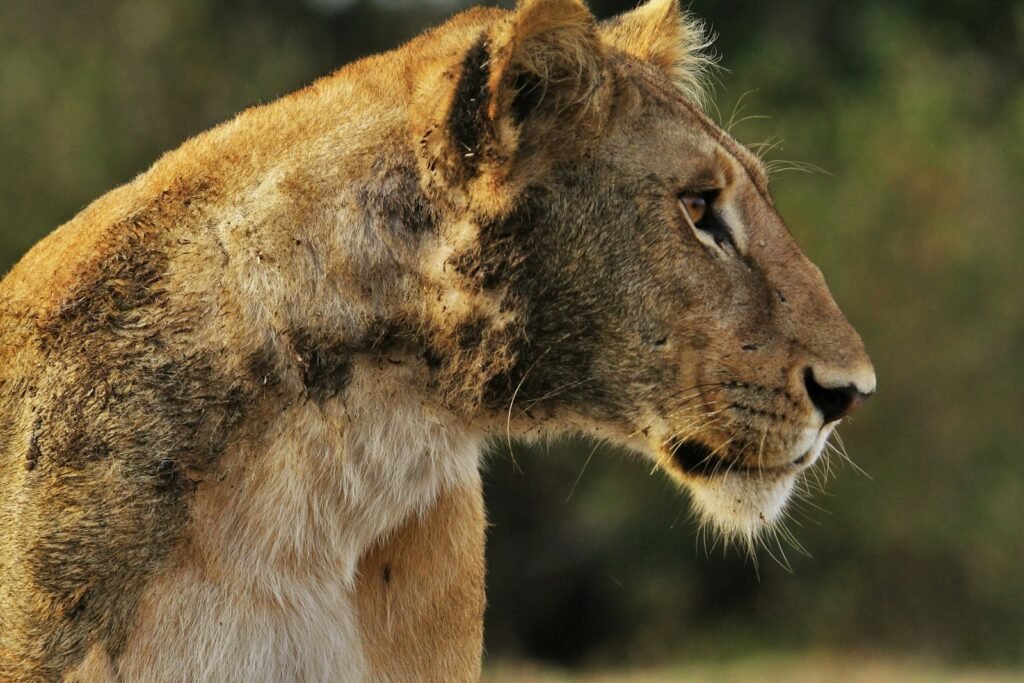
In several ancient cultures, cats enjoyed protections that ensured their well-being and respected their sanctity. For example, harming a cat in ancient Egypt was a grave offense, punishable by law. Such measures underscore the profound respect and significance cats held within these societies.
Legacy of Cats in Modern Culture
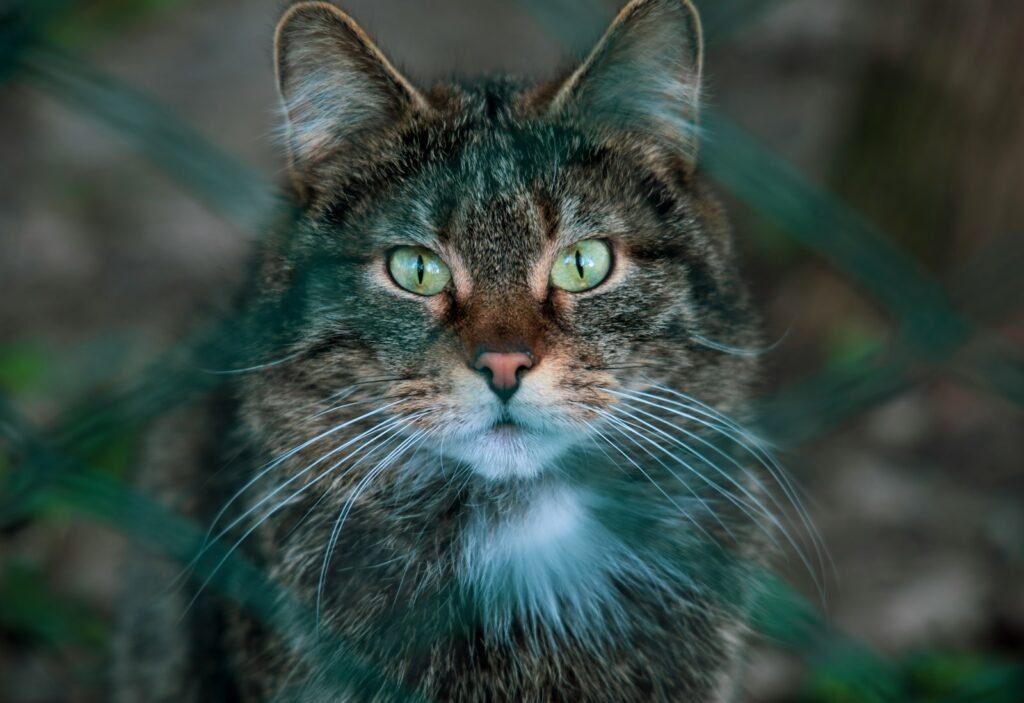
The legacy of cats in ancient Middle Eastern cultures continues to resonate today. Modern societies still regard cats as symbols of mystery and independence, qualities that echo their ancient significance. Understanding the historical context of these beliefs provides deeper insight into the enduring bond between humans and felines, reflecting a relationship cultivated over millennia.
Conclusion: Enduring Bonds and Cultural Significance

Cats have maintained a unique place in human history, particularly within ancient Middle Eastern cultures. Revered as protectors, symbols of fertility, and spiritual figures, these creatures continue to fascinate and endear themselves to people worldwide. The historical reverence seen in ancient Middle Eastern societies underscores the enduring significance of cats, showcasing a dynamic relationship that has spanned centuries and cultures.
Hi, I’m Bola, a passionate writer and creative strategist with a knack for crafting compelling content that educates, inspires, and connects. Over the years, I’ve honed my skills across various writing fields, including content creation, copywriting, online course development, and video scriptwriting.
When I’m not at my desk, you’ll find me exploring new ideas, reading books, or brainstorming creative ways to solve challenges. I believe that words have the power to transform, and I’m here to help you leverage that power for success.
Thanks for stopping by, Keep coming to this website to checkout new articles form me. You’d always love it!





